Picture of Apollo 15 lunar roving vehicle
NASA
Apollo 15
Apollo 15 marked the start of a new series of missions from the Apollo space program, each capable of exploring more lunar terrain than ever before. Launched on July 26, 1971, Apollo 15 reached the Moon four days later and Astronauts David Scott and James Irwin descended to its surface while Alfred Worden remained in orbit.
After a safe landing in Hadley Rille, the astronauts proceeded to unload NASA's first Lunar Roving Vehicle. The LRV was an ultra-light, electricity-powered dune buggy which could travel at a speed of 6 to 8 miles per hour, much faster than the walking pace of an astronaut on the Moon. Its success in the Apollo 15 mission led to its use in the sixteenth and seventeenth Apollo voyages. Scott and Irwin used the LRV to cover over 17 miles of lunar terrain and collect large amounts of rock samples which the Rover would transport for them.
After performing three space walks and spending nearly three days on the Moon, Scott and Irwin joined Worden in lunar orbit and returned to Earth. Among the 169 lbs of material brought back from the Moon was the famous "Genesis Rock", a piece of old lunar crust studied extensively by scientists for clues to the Moon's geologic history.
You might also be interested in:
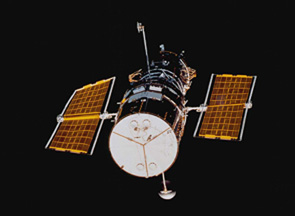
The Hubble Space Telescope (HST) was one of the most important exploration tools of the past two decades, and will continue to serve as a great resource well into the new millennium. The HST found numerous
...more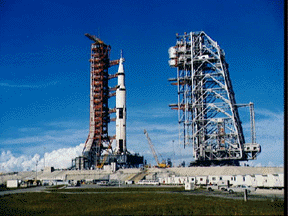
Driven by a recent surge in space research, the Apollo program hoped to add to the accomplishments of the Lunar Orbiter and Surveyor missions of the late 1960's. Apollo 11 was the name of the first mission
...more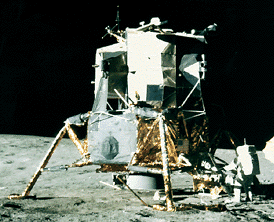
Apollo 12 was launched on Nov. 14, 1969, surviving a lightning strike which temporarily shut down many systems, and arrived at the Moon three days later. Astronauts Charles Conrad and Alan Bean descended
...more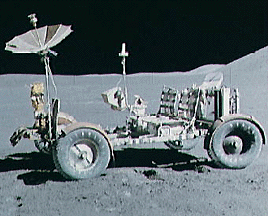
Apollo 15 marked the start of a new series of missions from the Apollo space program, each capable of exploring more lunar terrain than ever before. Launched on July 26, 1971, Apollo 15 reached the Moon
...more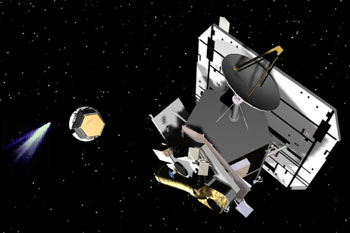
NASA chose Deep Impact to be part of a special series called the Discovery Program on July 7, 1999. The Discovery program specializes in low-cost, scientific projects. In May 2001, Deep Impact was given
...more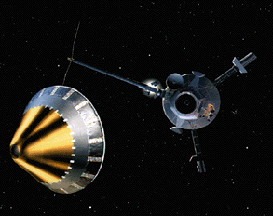
The Galileo spacecraft was launched on October 19, 1989. Galileo had two parts: an orbiter and a descent probe that parachuted into Jupiter's atmosphere. Galileo's main mission was to explore Jupiter and
...more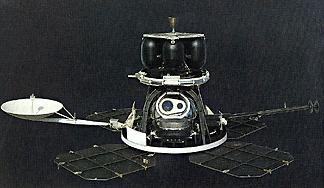
During 1966 through 1967, five Lunar Orbiter spacecrafts were launched, with the purpose of mapping the Moon's surface in preparation for the Apollo and Surveyor landings. All five missions were successful.
...more














